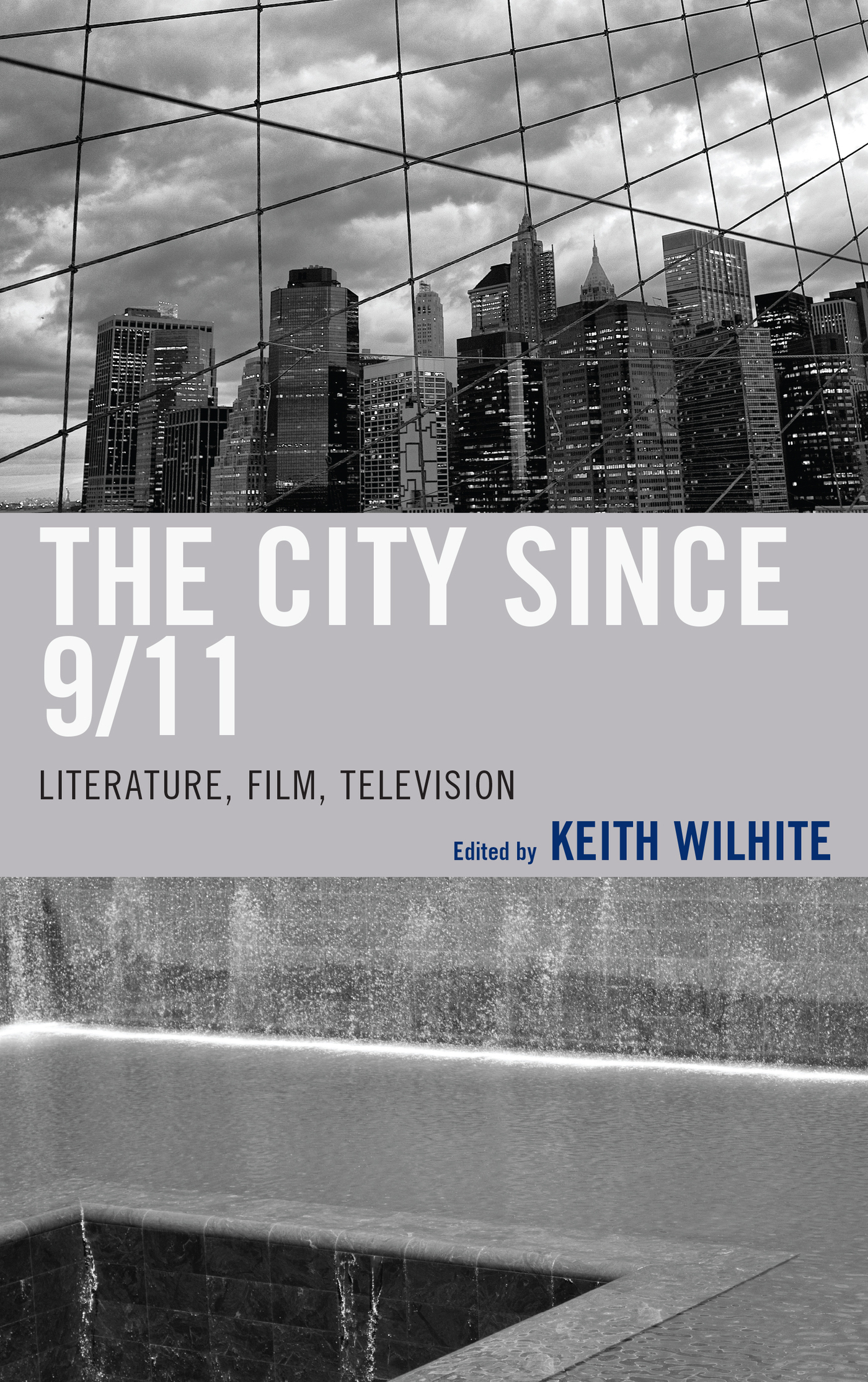The City Since 9/11
The City Since 9/11
Literature, Film, Television
Edited by Keith Wilhite

FAIRLEIGH DICKINSON UNIVERSITY PRESS
Madison Teaneck
Published by Fairleigh Dickinson University Press
Copublished by The Rowman & Littlefield Publishing Group, Inc.
4501 Forbes Boulevard, Suite 200, Lanham, Maryland 20706
www.rowman.com
Unit A, Whitacre Mews, 26-34 Stannary Street, London SE11 4AB
Copyright 2016 by Rowman & Littlefield
All rights reserved. No part of this book may be reproduced in any form or by any electronic or mechanical means, including information storage and retrieval systems, without written permission from the publisher, except by a reviewer who may quote passages in a review.
British Library Cataloguing in Publication Information Available
Library of Congress Cataloging-in-Publication Data
Library of Congress Cataloging-in-Publication Data Available
ISBN 978-1-61147-718-4 (cloth : alkaline paper)
ISBN 978-1-61147-719-1 (electronic)
 TM The paper used in this publication meets the minimum requirements of American National Standard for Information Sciences Permanence of Paper for Printed Library Materials, ANSI/NISO Z39.48-1992.
TM The paper used in this publication meets the minimum requirements of American National Standard for Information Sciences Permanence of Paper for Printed Library Materials, ANSI/NISO Z39.48-1992.
Printed in the United States of America
[I]ts in the city, above all, that we are compelled to face,
with sober senses, our real conditions of life
and our relations with our fellow humans.
Andy Merrifield, Metromarxism: A Marxist Tale of the City (2002)
Acknowledgments
My interest in urban spaces and city literature dates back to graduate school at The University of Iowa, starting with Barbara Ecksteins seminar on Urban Reconstruction and American Literature of the 1940s and 1950s. That interest has continued to influence my research and teaching. Before proposing this collection to Fairleigh Dickinson University Press, I had the opportunity to develop courses at Siena College on The City in U.S. Literature and American Literature after 9/11. Inspired by enlightening class discussions with my students, I proposed and then chaired a panel on The City in Literature after 9/11 at the 2013 Northeast MLA Convention in Boston, MA. That conference panel and the ensuing discussions led most directly to the development of this collection, and I would like to offer special thanks to my fellow participants on that panel, whose work also appears here: Tim Gauthier, Karolina Golimowska, and Hilary Thompson.
In addition, I would like to thank friends and colleagues whose assistance and critical insights made this book possible. Rachel Stein provided important feedback and guidance on an early version of the book proposal. Harry Keyishian, director of Fairleigh Dickinson University Press, offered generous encouragement and understanding as I worked with the contributors to bring this book to press. I am also grateful for the diligent work by Brooke Bures and Caitlin Bean at RLPG. A research fellowship from the Committee on Teaching and Faculty Development at Siena College allowed me to devote focused time during the summer to the research and editing work this project required. I owe special thanks to Erich Hertz, Heidi LaVine, and Justin St. Clair for their rigorous readings of my introductory essay. Finally, I want to express my deep appreciation to Jennifer Warnecke for her unwavering support.
Introduction
The City Since 9/11
Keith Wilhite
Seeing Manhattan from the 110th floor of the World Trade Center. After September 11, in the absence of the towers, literary and visual representations have sought both to clarify and to complicate this fiction of comprehensibility amidst the welter and anxiety of contemporary urban life. For more than a decade now, writers and filmmakers have implicitly tried to render the city readable, but their work also poses important questions about representation and perspective: at what distance and from whose vantage point do we read the cityscape?
In Open City (2011), Teju Cole offers an approximation of de Certeaus synoptic viewpoint when the narrator, Julius, returns to New York after a visit to Belgium. From the window of the plane, Julius sees Manhattan stretched out below him, and the view reminds him of a scale model of the city at the Queens Museum of Art. He notes, however, that it was the real city that seemed to be matching, point for point, his memory of the model. He recalls the intricate details of rivers and roads, skyscrapers and piers, and the pair of gray blocks... representing the persistence, in the model, of the World Trade Center towers, which, in reality, had already been destroyed (151). The passage subtly layers the illusory notion of the city as transparent text: the model duplicates, at scale, the gods-eye view from the plane. Yet Juliuss pointed reference here to the persistence of the towers in the model, and in memory, also alludes to the significant ways representations of space mediate our encounters with the physical environment. Here, he invokes a spatial model to make readable and textually present, as it were, what is no longer visible on the landscape. One is even tempted to say that, between these competing fictions of readability, the model is the more authoritative as it provides the reference point against which Julius matches the real city.
Charting this intersection between aesthetic representation and the material conditions of urban space, The City Since 9/11 posits that the contemporary metropolis provides a significant context for rethinking theoretical concerns about narrative, identity, home, and vulnerability in an era of global insecurity. While keeping a sharp focus on New York, the volume also includes critical accounts of Baltimore, Copenhagen, Canton, London, and Mumbai as its authors think through contemporary debates about globalization, postmodernism, structural inequality, and the economic and social life of cities. Previous scholarly works have raised important questions about trauma and the failure of language when confronted with extreme loss. Judith Butlers Precarious Life (2004) provides a valuable touchstone for this field of study. There is something unrepresentable that we nevertheless seek to represent, Butler writes, and that paradox must be retained in the representation we give. Instead, this book aims to examine how writers and filmmakers have reimagined cities since September 11, as well as how 9/11 has altered the real and imagined cartographies of the urban spaces where we live, work, consume, and gather as part of a larger network of social and political relations.
Yet the since of the volumes title also implies an examination of the city attuned to its historyto the ways literary and visual representations reinvent or subvert modernist urban tropes, for example, or how contemporary texts uncover traces of the frenetic and vulnerable post-9/11 metropolis in the distant past. In her influential study City Codes: Reading the Modern Urban Novel (1996), Hana Wirth-Nesher argues that [j]ust as for the city dweller the city itself is a text that can never be read in its totality, the modern urban novel acts as a site for the problem of reading cities. then, as a whole, this book argues that the chronotope of post-9/11 urban texts is a paradoxical space of permanence and vulnerabilitya convergence point for anxieties about globalization, economic inequality, imperial history, postmodern virtuality, and future terror.
Next page
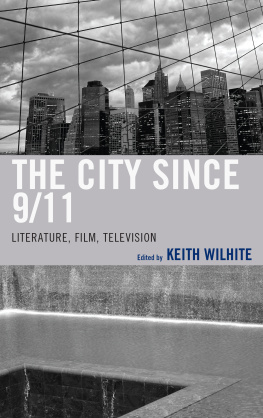
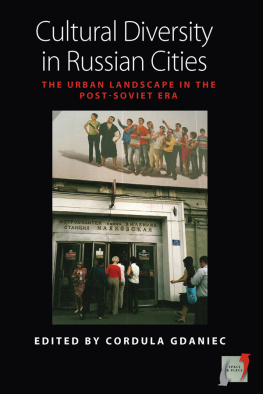

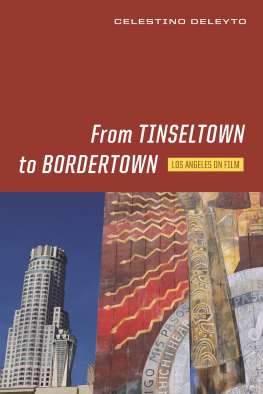
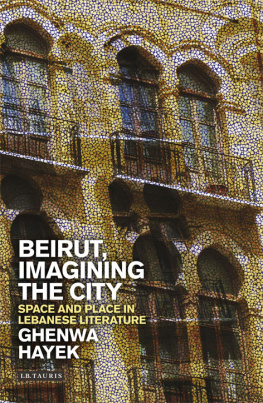
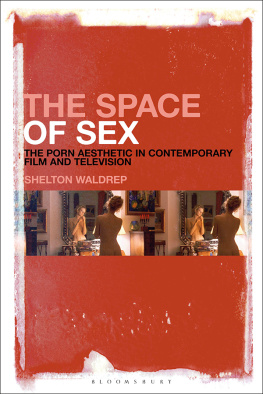

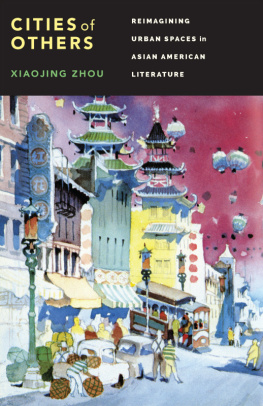
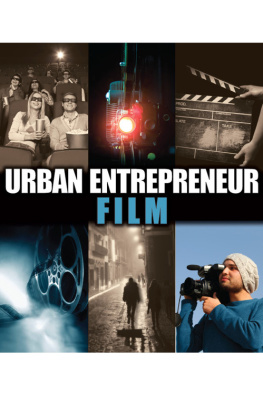

 TM The paper used in this publication meets the minimum requirements of American National Standard for Information Sciences Permanence of Paper for Printed Library Materials, ANSI/NISO Z39.48-1992.
TM The paper used in this publication meets the minimum requirements of American National Standard for Information Sciences Permanence of Paper for Printed Library Materials, ANSI/NISO Z39.48-1992.